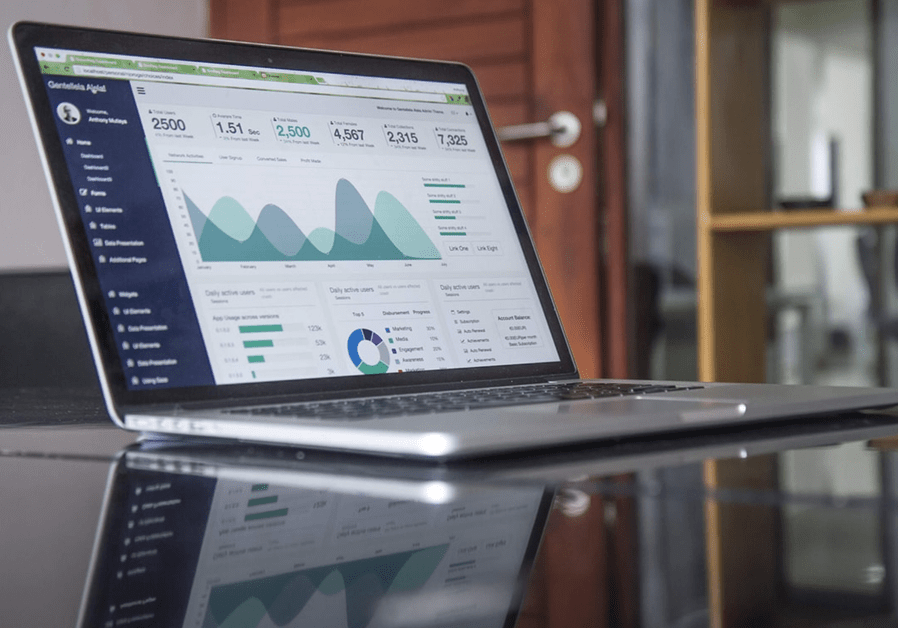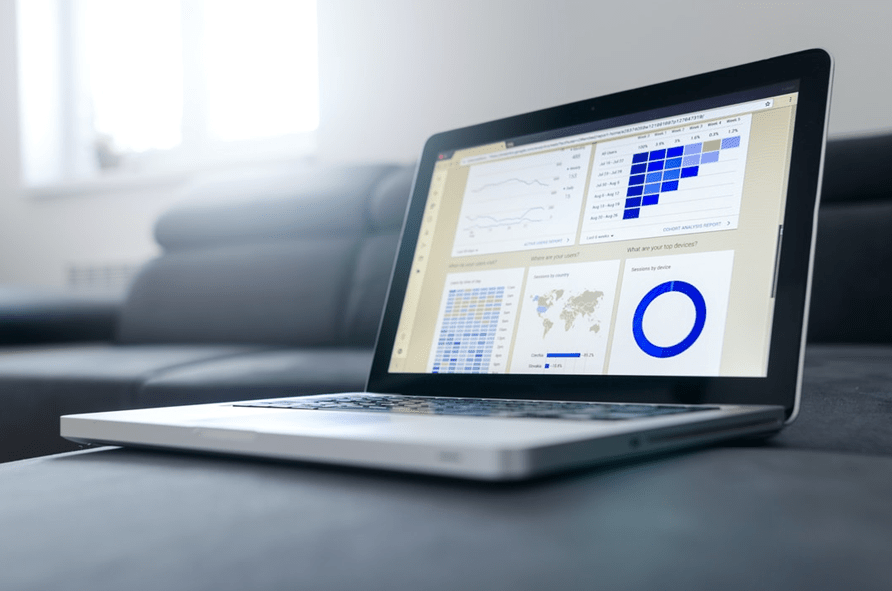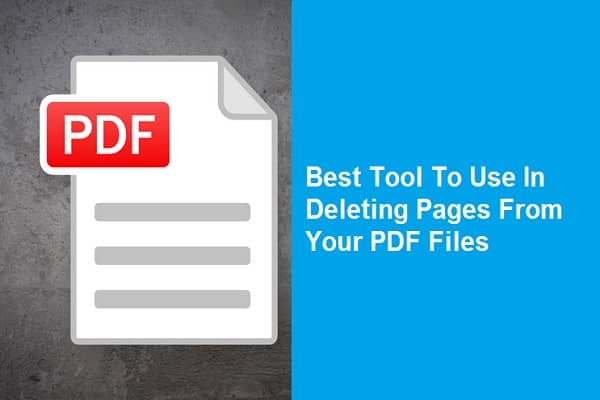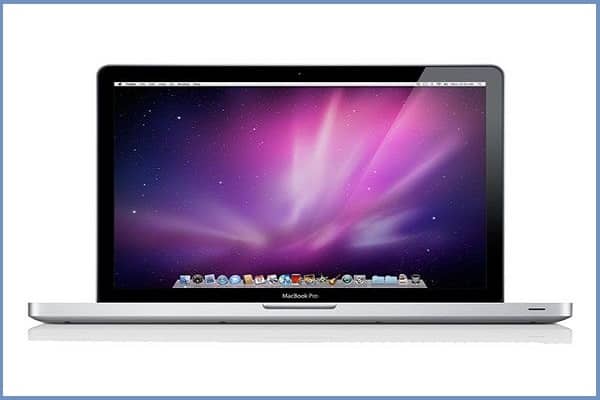Data fabric is a single environment that contains a unified architecture and dedicated data services and technologies that help data-driven organizations manage data. Any organization hoping to tap into the business insights hidden within massive amounts of data can benefit from the unified view and advanced analytics offered by data fabric architecture.
Organizations generate a large volume of data daily from different sources. This diverse data contains a wealth of insights that business users can leverage to gain a competitive advantage, improve business intelligence, and use to aid business decisions. Leveraging this disparate data helps organizations create new revenue streams while reducing costs through operational efficiencies. The more diverse data and source systems an organization have, the more difficult to manage data silos will follow.
Contents
Data Fabric 101

Data fabric is a data integration and management solution comprised of data architecture, data management and integration software, and sharing of data. Big data fabric provides a unified view, consistent user experience, and real-time access to data from any geographic location. Data fabric design helps solve complex data problems and use cases with advanced data management regardless of applications, data platforms, and source systems. It provides frictionless access and sharing of data in a distributed environment.
Data fabric provides a holistic approach to enterprise data management and the sharing of data. Business users need rapid, real-time access to data that complies with data governance. Data fabric does this while providing a secure, efficient, single environment for data. Every digital platform is a source of data that contains a business value, yet maximizing this value is a complex problem. There are several challenges to managing and leveraging data. Massive amounts of data tend to be scattered across disparate sources, resulting in data silos.
Technical teams deal with different data types that are both structured and unstructured data formats. Organizations often have multiple data platforms at work, causing data to be maintained on different file systems, databases, and SaaS applications. These complexities make the use of data difficult, especially when there’s a need to utilize artificial intelligence and machine learning (ML) to collect, transform, and process data.
Data fabric is capable of connecting to any data source using pre-packaged connectors and components, which eliminate the need for coding. It offers data ingestion and integration capabilities between data sources and applications, and it can support batch, real-time, and big data use cases. Data fabric spans multiple data environments as both a data source and a data consumer. Built-in data quality, data preparation, and data governance capabilities are powered by machine learning to improve data health.
Data Virtualization 101

Data virtualization is a virtual data layer that enables business users to access, combine, transform, and deliver datasets efficiently and cost-effectively. It provides rapid access to disparate data throughout the enterprise, such as traditional databases, big data sources, cloud environments, and Internet of Things (IoT) systems at a fraction of the cost of physical warehousing and extract/transform/load (ETL).
Data virtualization is compatible with a range of advanced analytics such as predictive and streaming analytics in real-time. Integrated data governance and security ensure secure, consistent, and high-quality data. A data virtualization layer results in more business-friendly data that’s easy to understand and allows technical teams to curate data services that are easy to access. Several different data sources can be virtualized with data virtualization software. Common data sources include packaged apps, excel and flat files, data warehouses, data lakes, big data, XML docs, cloud data, web services, and IoT data.
Also read: Top 5 Applications of Data Science in Banking
Data Fabric vs Data Virtualization

It’s important to distinguish the differences between data fabric vs. data virtualization. Data virtualization creates a data abstraction layer that aids rapid data integration. It connects, gathers, and transforms disparate data both on-premises and in cloud environments resulting in a self-serve data infrastructure platform capable of real-time insights. Data fabric is an overarching data architecture that provides end-to-end data management for broader use cases. Data virtualization is a useful digital tool that contributes to data fabric architecture.
The more data integration tools an organization utilizes, the easier it is to scale a data fabric architecture to fit specific business intelligence needs.




